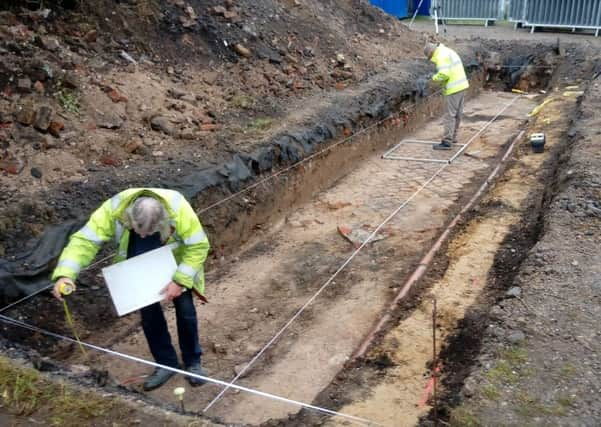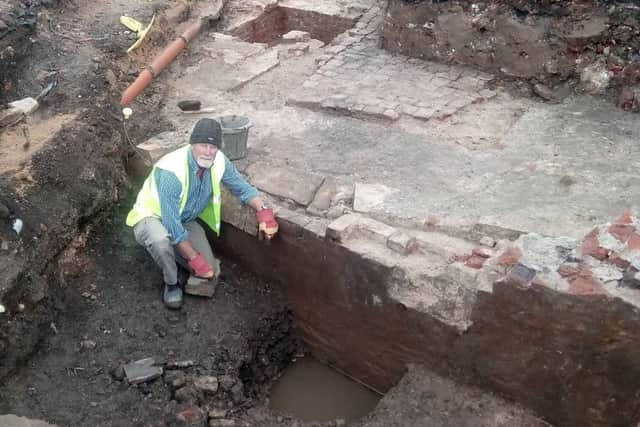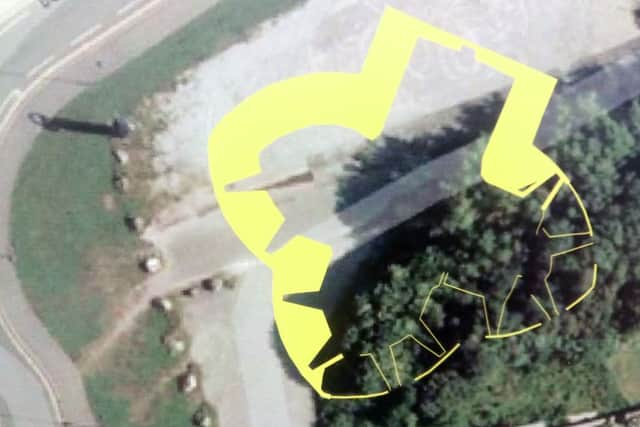Archaeologists dig up Henry V111 fortress


The Tudor monarch ordered the building of new defences to guard the mouth of the river Hull, after the uprisings in the North and against the threat of French invasion.
Archaeologists hope the remains of the South Blockhouse, next to the Deep aquarium, which was built between 1541 and 1543, will eventually be a visitor attraction, telling the story of the city’s sometime turbulent past.
Advertisement
Hide AdAdvertisement
Hide AdSo far the dig, in the coach park next to the aquarium, has revealed part of the thick curving wall from 1541 and two of the gun ports, one facing west over the River Hull, once the city’s docks, the other east.


The one facing west has a later brick floor where the cannon would have sat. Next to it is an L-shaped chamber, which could have been where gunpowder was stored or the men sheltered when the gun was fired.
There are also remains of cisterns for storing water, which were added later, and could have come from a still, which is on plans of 1715, which condensed brackish water for drinking.
When the site was last dug 20 years ago, a breech-loading cannon identical to those recovered from Henry V111’s sunken flagship the Mary Rose, was found.
Advertisement
Hide AdAdvertisement
Hide AdNothing as headline-grabbing has been found this time, but archaeologists say they are pleased with the fortress’s state of preservation and the amount of interest it has generated.


Next Tuesday will be the last time will be the last time it will be open to the public before it is reburied.
Project manager Ken Steedman said they’d had a couple of hundred visitors to the site. “It has been very satisfying and has given us a good insight into the survival of the building. We clearly have elements of the mid 16th century South Blockhouse surviving intact. They have been incorporated into later modifications but there are details of the gun ports. We know there were about four of the type of gun we found back in 1997 when it was finally decommissioned.”
The fortress was later a prison housing Catholic dissenters, some of whom were cruelly imprisoned for years in rooms which overflowed on a high tide. and finally demolished in the 1860s.
The site is perfectly placed to catch visitors going to the Deep, and also from cruise ships, if proposals for a £50m terminal go ahead.